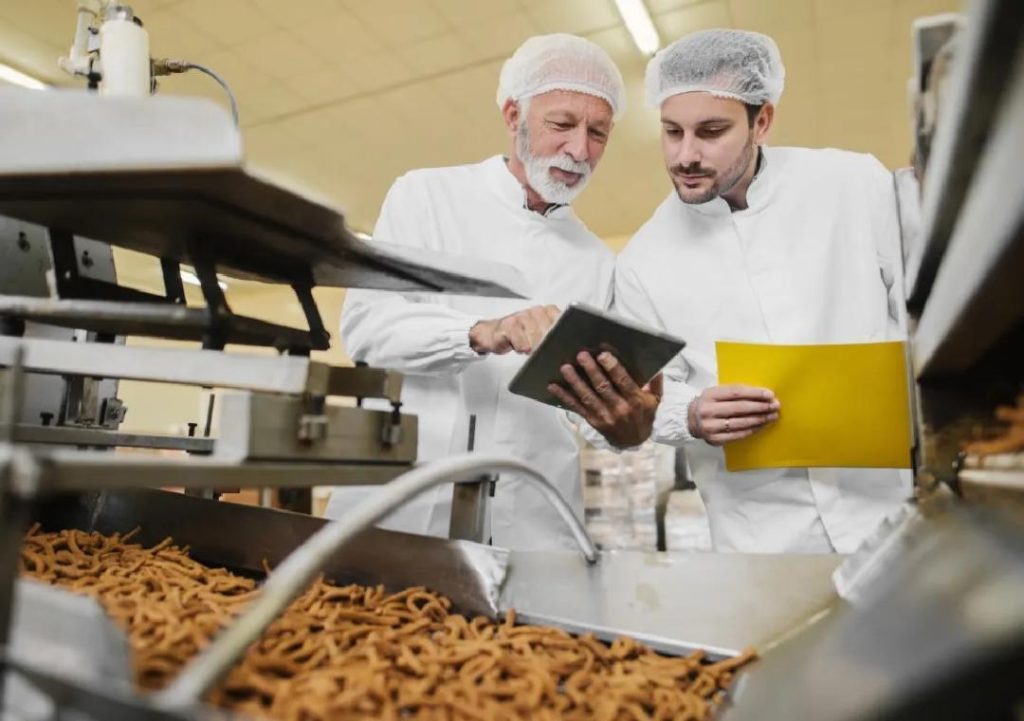
Can P&L Optimisation Redefine Success in Food Technology?
The food technology industry is a highly competitive and dynamic space, where companies must continually adapt to changing consumer preferences, shifting market trends, and evolving regulatory requirements. In this fast-paced environment, maintaining profitability is crucial for long-term success. One key strategy that food technology companies are adopting to achieve this goal is P&L (Profit and Loss) optimisation.
P&L optimisation involves streamlining financial operations by leveraging automation, smart inventory systems, and data analytics. By implementing these tools, food technology companies can reduce waste, sharpen demand forecasting, and support better decision-making. As a result, they can boost margins, ensure sustainable growth, and stay competitive in the industry.
The Importance of P&L Optimisation in Food Technology
In the food technology industry, P&L optimisation is critical for several reasons. Firstly, the industry is highly susceptible to supply chain disruptions, inventory management issues, and quality control problems, which can quickly erode profitability. Secondly, food technology companies often face intense competition, with consumers increasingly demanding high-quality products at competitive prices. To stay ahead of the competition, companies must be able to manage their finances effectively and make data-driven decisions.
Thirdly, the food technology industry is subject to complex regulatory requirements, such as food safety and labeling regulations. Companies must be able to track and manage their inventory, supply chain, and financial data to ensure compliance with these regulations. Finally, the industry is also facing increasing pressure to reduce waste, increase sustainability, and adopt environmentally friendly practices. P&L optimisation can help companies achieve these goals by identifying areas of inefficiency and implementing cost-saving measures.
How P&L Optimisation is Achieved in Food Technology
So, how do food technology companies achieve P&L optimisation? There are several key strategies that companies are adopting:
- Automation: Automation is a key component of P&L optimisation in food technology. By automating financial operations, companies can reduce manual errors, increase efficiency, and free up staff to focus on higher-value tasks.
- Smart Inventory Systems: Smart inventory systems use data analytics and machine learning algorithms to monitor inventory levels, track supply chain movements, and predict demand. This enables companies to identify areas of inefficiency and make data-driven decisions to improve inventory management.
- Data Analytics: Data analytics is a critical component of P&L optimisation in food technology. By analyzing financial data, companies can identify areas of inefficiency, track performance metrics, and make data-driven decisions to improve profitability.
- Scalable Models: Scalable models are essential for food technology companies that want to achieve sustainable growth. By adopting scalable models, companies can reduce costs, increase efficiency, and improve profitability as they grow.
Benefits of P&L Optimisation in Food Technology
So, what are the benefits of P&L optimisation in food technology? There are several key advantages that companies can achieve by adopting P&L optimisation strategies:
- Improved Profitability: P&L optimisation can help food technology companies improve profitability by reducing waste, increasing efficiency, and making data-driven decisions.
- Increased Sustainability: P&L optimisation can help food technology companies reduce waste, increase sustainability, and adopt environmentally friendly practices.
- Better Decision-Making: P&L optimisation provides companies with real-time financial data, enabling them to make data-driven decisions and adjust their operations accordingly.
- Competitive Advantage: By adopting P&L optimisation strategies, food technology companies can gain a competitive advantage over their rivals, as they are better equipped to manage their finances and make data-driven decisions.
Conclusion
In conclusion, P&L optimisation is a critical strategy for food technology companies looking to improve profitability, increase sustainability, and stay competitive in the industry. By adopting automation, smart inventory systems, data analytics, and scalable models, companies can reduce waste, sharpen demand forecasting, and support better decision-making. As the food technology industry continues to evolve, it is clear that P&L optimisation will play an increasingly important role in driving success.
Source:
https://www.growthjockey.com/blogs/p-and-l-operations-in-food-tech






